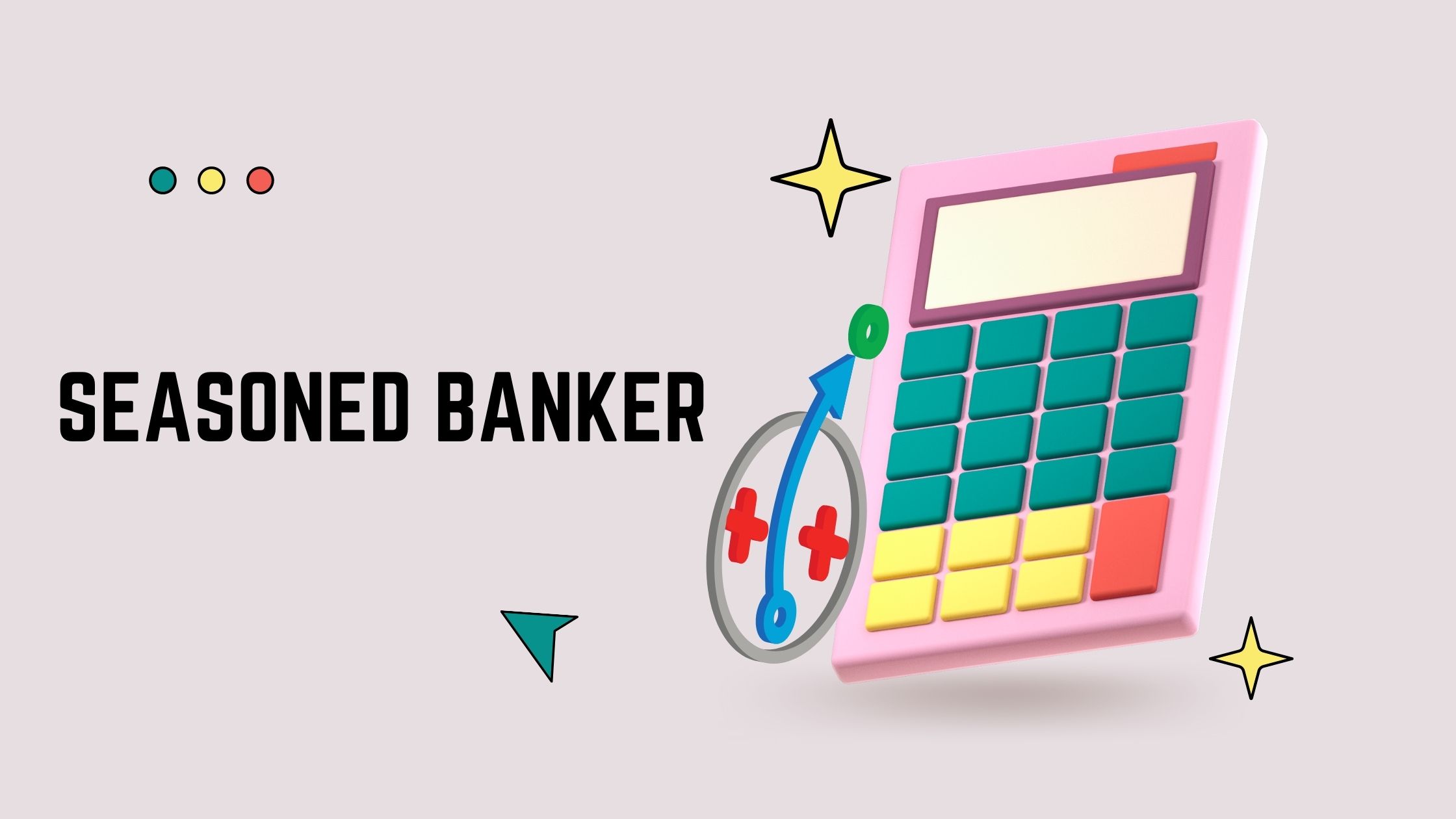Building a platform from scratch allows tonik and digital banks to focus on intuitive design and user experience, says Filbert Tsai, chief strategist at startup consulting firm UpSmart, and former consulting manager at professional services firm Ernst & Young. Whereas a traditional bank that’s merely launching an online component is often burdened by a clunky service. “It’s slow because you’re relying on a legacy system that’s processing all the transactions,” adds Tsai.
But Krasnov wants to make the distinction between tonik and digital banks. As subsidiaries of existing bank groups, he says the likes of CIMB and ING “make decisions by a committee, in which compliance, risk management, internal audit tend to have veto power on innovation. So the voice of the customer tends to get completely lost.” On the contrary, tonik is completely digital, and independent of traditional banks.
what about overnickelizing?
It’s not clear how digital banks like CIMB work, but assuming they need to get approval from the regional headquarters for every new feature, for example, could slow down or even stop the rollout, says Todd Schweitzer. He’s the CEO and co-founder of Brankas, a platform that provides financial institutions with the technology to offer digital products. “That’s tonik’s benefit. They don’t have traditional banks’ ‘bureaucratic baggage’.”
“There’s also additional cost because you have to do regulatory reporting and compliance in both the subsidiary and home markets,” says Varun Mittal, global emerging markets fintech leader at Ernst & Young.
However, going through the headquarters for decisions isn’t necessarily a bad thing, notes Mittal. “If only a few people are making decisions, things can also fall apart. We’ve seen tech companies struggle due to lack of controls.”
Mittal is referring to payments firm Wirecard, which is reported to have US$2 billion missing from its balance sheet.
An advantage for digital banks is there’s brand value and trust. It’s easier for a customer to open an account with a known bank, rather than one that’s just starting out. Their groups also have scale, so they can tap institutional funding at lower rates than a neobank.
Seasoned banker

Krasnov brings with him years of experience in the tech banking space. He was the brains behind a major consumer finance bank Platinum in Ukraine, which he sold to a local investor in 2014. After that he established a venture builder in Singapore called Forum. One of Forum’s portfolio companies, digital consumer lender AsiaKredit, was acquired by financial marketplace GoBear this year.
This is also true when it comes to landing partnerships, says Mittal. CIMB partnered with top local mobile wallet GCash to offer its savings and loan products on the latter’s app (we’ve written about GCash before). This has helped the digital bank scale. Since launching in December 2018, CIMB has signed on two million Filipino clients: 70% of them are existing bank account holders, while the rest are first-timers.
If you partner with an established banking group that has scale, Mittal says that group will “come and pour in a marketing budget,” which also helps the partner.
As for tonik, Krasnov said the neobank will deploy “through a combination of organic and partner-based strategies.”